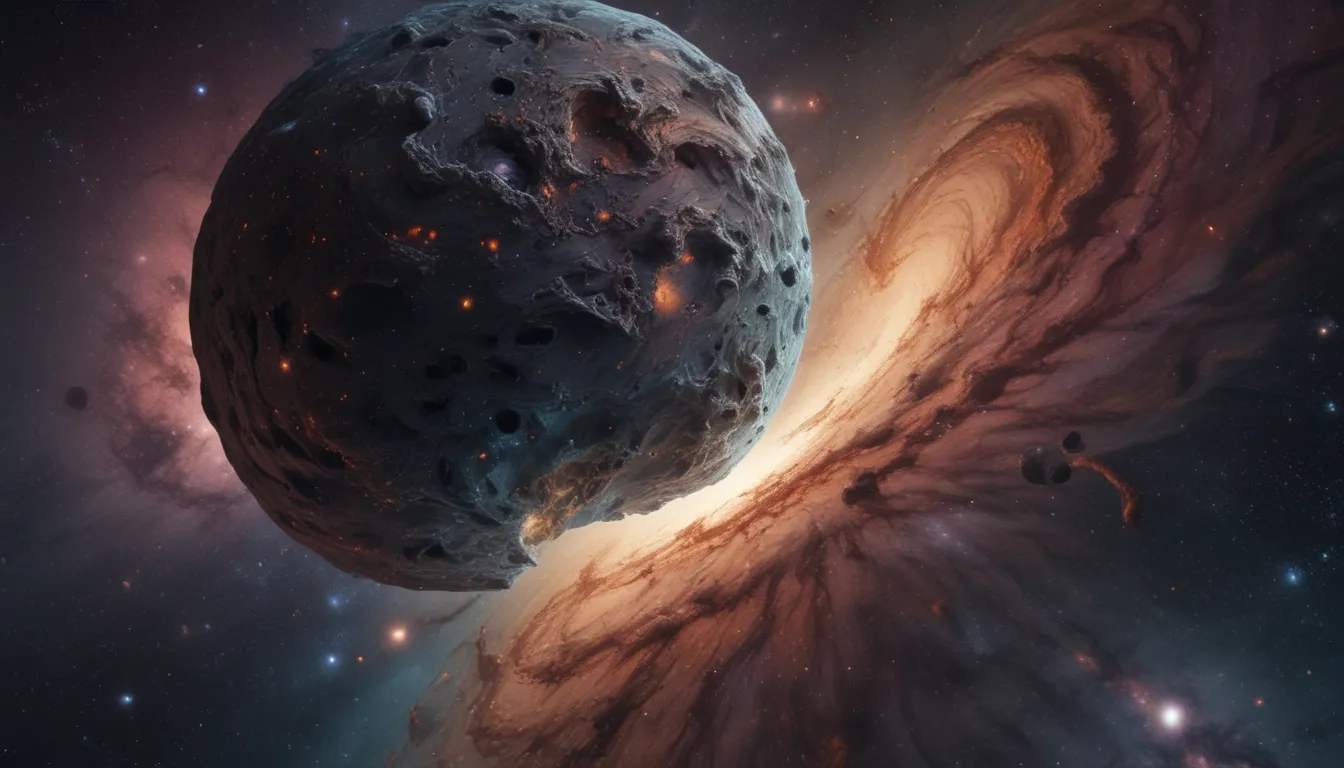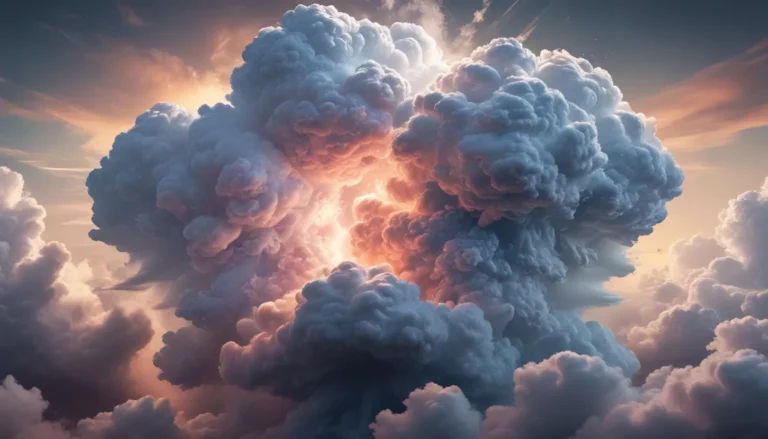The pictures we use in our articles might not show exactly what the words say. We choose these pictures to make you interested in reading more. The pictures work together with the words but don’t take their place. The words still tell you the important facts.
Are you ready to embark on a cosmic journey through the depths of space? Prepare to be mesmerized by the astounding beauty and uniqueness of the Sculptor Galaxy, also known as NGC 253. This captivating celestial object, located in the constellation Sculptor, has been a source of fascination for astronomers and space enthusiasts for years. In this article, we will delve into eight astounding facts about the Sculptor Galaxy that highlight its magnificence and offer valuable insights into the vastness of our universe.
The Vibrant Beauty of the Sculptor Galaxy
- The Sculptor Galaxy is a vibrant, elongated starburst galaxy with powerful outflows and numerous nebulae, making it a captivating subject for scientific exploration and a stunning sight in the night sky.
- With its proximity to the Milky Way, active nucleus, and unique shape, the Sculptor Galaxy offers valuable insights into cosmic evolution and continues to dazzle astronomers and stargazers.
A Bright Star in the Southern Hemisphere Sky
The Sculptor Galaxy, also known as NGC 253, is one of the brightest galaxies visible from the southern hemisphere. Its spiral structure, elongated shape, and intense star formation activity make it a standout celestial object in the night sky, captivating the eyes and minds of those who gaze upon it.
An Interstellar Neighbor
Located approximately 11.4 million light-years away from Earth, the Sculptor Galaxy is one of the closest galaxies to our own Milky Way. Its relative proximity makes it an ideal target for detailed observations and scientific studies, offering astronomers a window into the workings of galactic systems beyond our own.
The Cosmic Powerhouse of NGC 253
At the core of the Sculptor Galaxy lies an active nucleus fueled by a supermassive black hole. This nucleus drives intense star formation within the galaxy, giving rise to a high concentration of young, massive stars that illuminate the cosmic landscape with their brilliance. The dynamic interplay between the black hole and the surrounding stellar nursery creates a breathtaking display of cosmic beauty.
A Stellar Burst of Creation
Classified as a starburst galaxy, the Sculptor Galaxy is characterized by its rapid rate of star formation. The collapse of vast amounts of gas and dust within the galaxy leads to the birth of new stars, creating a spectacle of cosmic creation that adds to the galaxy's vibrant appearance and allure.
The Unique Shape of NGC 253
Unlike traditional spiral galaxies with symmetrical spiral structures, the Sculptor Galaxy boasts an elongated shape reminiscent of a cigar. This distinctive morphology sets it apart from its galactic peers and adds to its charm and mystique, making it a compelling subject of study and admiration.
Galactic Outflows and Nebular Wonders
The Sculptor Galaxy is not only home to intense star formation but also exhibits powerful outflows of gas that extend far beyond its visible boundaries. These galactic outflows provide valuable insights into the processes that shape galaxies and enrich our understanding of cosmic evolution. Moreover, within the galaxy, numerous nebulae can be found, serving as cosmic cradles for the birth of new stars or the final cosmic displays of dying stars.
A Treasure Trove for Scientific Study
As a subject of ongoing scientific exploration, the Sculptor Galaxy continues to offer valuable insights into the mysteries of the cosmos. Its proximity, active nucleus, and unique characteristics provide researchers with a wealth of data to unravel the complexities of galactic evolution and stellar processes. By studying the Sculptor Galaxy, scientists gain a deeper understanding of the grand design of the universe and the forces that shape its celestial wonders.
Delving Deeper into the Splendors of NGC 253
In conclusion, the Sculptor Galaxy (NGC 253) stands as a testament to the boundless beauty and complexity of the universe. From its immense size and intricate structure to its intense star-forming activity and unique features, this galaxy continues to captivate and inspire all who gaze upon it. Whether you are an astronomy enthusiast or simply curious about the wonders of the cosmos, the Sculptor Galaxy invites you to embark on a journey of discovery and wonder, exploring the infinite mysteries that lie beyond our own planet.
Dive into the Depths of the Universe
Are you ready to uncover more mind-blowing facts about starburst galaxies, deep sky objects, and the fascinating realm of astronomy? Join us as we delve deeper into the mysteries of the cosmos, from the stunning beauty of Messier 106 to the groundbreaking scientific discoveries that shape our understanding of the universe. Prepare to be awestruck as you explore the wonders of our incredible universe and embark on a journey of cosmic discovery and enlightenment.
Your Cosmic Questions Answered
- How far is the Sculptor Galaxy (NGC 253) from Earth?
-
The Sculptor Galaxy is located approximately 11.4 million light-years away from Earth.
-
What is the size of the Sculptor Galaxy?
-
The Sculptor Galaxy has an estimated diameter of about 70,000 light-years, slightly smaller than our Milky Way galaxy.
-
Is the Sculptor Galaxy visible to the naked eye?
-
Yes, under dark sky conditions, the Sculptor Galaxy is visible as a faint smudge and best observed through a telescope.
-
Does the Sculptor Galaxy have any unique features?
-
The Sculptor Galaxy is known for its intense star-forming activity, bright star clusters, nebulae, and active galactic nucleus.
-
How was the Sculptor Galaxy discovered?
-
The Sculptor Galaxy was first discovered by the German-British astronomer Caroline Herschel in 1783 during her observations of the southern hemisphere sky.
-
Can we send a spacecraft to explore the Sculptor Galaxy?
-
Due to its immense distance, it is currently not feasible to send a spacecraft to explore the Sculptor Galaxy. However, astronomers utilize telescopes and space observatories to gather valuable data.
-
Are there other galaxies in the Sculptor constellation?
-
Besides the Sculptor Galaxy, several other galaxies, such as NGC 247 and NGC 7793, are located in the Sculptor constellation.
-
Why is the Sculptor Galaxy significant for scientific research?
- The Sculptor Galaxy's active star formation, unique features, and proximity provide scientists with valuable insights into galactic evolution, star formation processes, and black hole dynamics.
Unleashing the Wonder of the Universe
Ready to explore the wonders of the universe and uncover the mysteries of deep space? Join us on a cosmic journey through the vastness of the cosmos, where beauty, knowledge, and discovery await at every turn. From the breathtaking sights of the Sculptor Galaxy to the awe-inspiring wonders of the night sky, there is an infinite expanse of celestial marvels waiting to be discovered. Embrace the wonder of the universe and let your curiosity guide you on an unforgettable voyage through the cosmic landscapes of the unknown.






